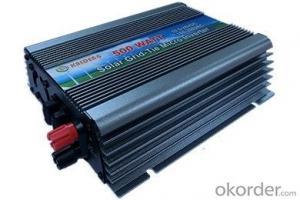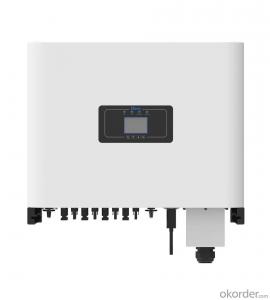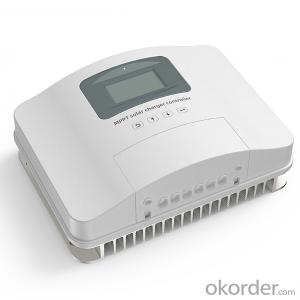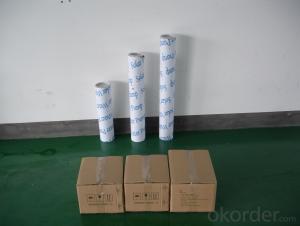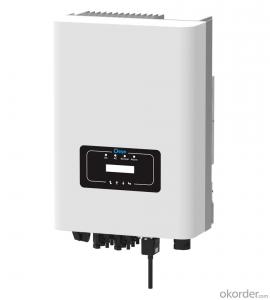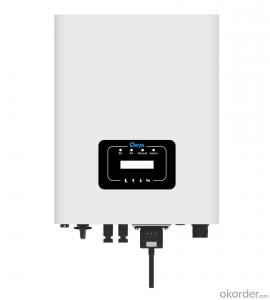24 Volt Mppt Solar Inverter
24 Volt Mppt Solar Inverter Related Searches
24v Mppt Solar Inverter Mppt Solar Inverter 24v Mppt Solar Inverter 12v Mppt Solar Inverter Mppt Solar Power Inverter 24 Volt Solar Power Inverter 24 Volt Solar Inverter Mppt Inverter Solar 24 Volt Inverter Solar 24v Solar Inverter Mppt Solar Inverter 12 Volt Mppt Solar Inverter 48v Solar 24v Inverter 24v Inverter Solar Mppt Solar Pump Inverter Solar Power Inverter 24v Microtek Mppt Solar Inverter Mppt Inverter For Solar System Mppt Based Solar Inverter Mppt Solar Inverter Charger 24 Volt Hybrid Solar Inverter Mppt Hybrid Solar Inverter China Mppt Solar Inverter Mppt Solar Hybrid Inverter Best Mppt Solar Inverter 2kw Mppt Solar Inverter Mppt Solar Inverter Price 2kva Mppt Solar Inverter Dual Mppt Solar Inverter 1kw Mppt Solar Inverter24 Volt Mppt Solar Inverter Supplier & Manufacturer from China
The 24 Volt Mppt Solar Inverter is a type of solar power conversion device that efficiently converts the energy harvested from solar panels into usable electrical power for various applications. This product is specifically designed to handle the conversion of solar energy at a 24-volt input, making it suitable for a range of solar power systems. The 24 Volt Mppt Solar Inverter is widely used in both residential and commercial settings, where it plays a crucial role in harnessing the power of the sun to provide clean, renewable energy. It is particularly useful in scenarios where there is a need for a reliable and efficient power supply, such as off-grid homes, remote communities, and businesses looking to reduce their carbon footprint.The 24 Volt Mppt Solar Inverter is an essential component in solar energy systems, as it maximizes the energy output from solar panels by tracking the maximum power point (MPPT) of the panels. This ensures that the system operates at its peak efficiency, regardless of the varying conditions of sunlight and temperature. The product is also known for its durability and reliability, making it a popular choice among those seeking to invest in sustainable energy solutions. It is used in a variety of applications, from powering small appliances in a home to supporting the energy needs of larger commercial establishments.
Okorder.com is a leading wholesale supplier of the 24 Volt Mppt Solar Inverter, offering a vast inventory of this product to cater to the needs of various customers. As a reputable platform, Okorder.com ensures that the 24 Volt Mppt Solar Inverter is available at competitive prices and with the assurance of quality. This makes it an ideal destination for those looking to purchase this product in bulk for their solar power projects or for resale in the market. With Okorder.com's extensive inventory and commitment to customer satisfaction, buyers can be confident in the reliability and performance of the 24 Volt Mppt Solar Inverter they receive.
Hot Products









